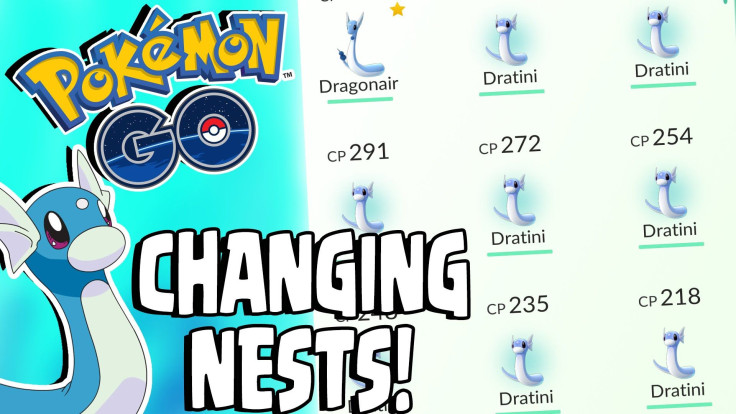‘Pokemon Go’ dev changes spawns and nests worldwide

Several players have confirmed that “Pokemon Go” developer Niantic Labs has changed the nests and spawns in different areas all over the world.
“Pokemon Go” Reddit The Silph Road has a megathread wherein fans have been reporting some of the changes.
“We’re seeing Nests around the world change species, travelers! It does not appear that this Migration follows the patter of the past two, where a species was changed to another species all over the world. In this Migration, a species may be changed into any number of other species,” said the managers of The Silph Road in the thread.
Previously, spawns were changed to one specific Pokemon, so it had been easier to find a pattern of predicting which ‘mon was changed to what. From the efforts of fans moderated worldwide, the group has already collected some new figures and stats for the Nest Atlas”
- 2,740 brand new nests have been added 24 hours after migration
- 3,423 re-confirmed nests
- 57,606 total nests locations have been reported worldwide
- 70,734 total nest verification reports, thanks to all Silph Road members
- 63 unique species confirmed nesting following migration
- Charmander is the most confirmed nest post-migration
This last bit is actually a good news, especially for fans who have been kicking themselves for not picking Charmander as their starter. There have been reports that, of the three starters, Charmander is the hardest to find, and thus evolve.
One fan has documented that the migration is not a global one. Redditor amzi202 has documented two changes in Charmander nests, one becoming a Diglet and the other becoming a Squirtle. At the same time, a Pikachu nest has transformed into a Squirtle, showing that even the transformed nest can come from more than one Pokemon, and not the predictable pattern as before.
It should be noted that even though there have been changes to the spawns, this has not changed the rarity of ‘mons. The only thing that the migration does is to change the kinds of ‘mons that can be found in a nest specific to their rarity. That is, the most commonly found Pokemon are still the likes of Pidgeys, Zubats, Spearows and Rattatas.






